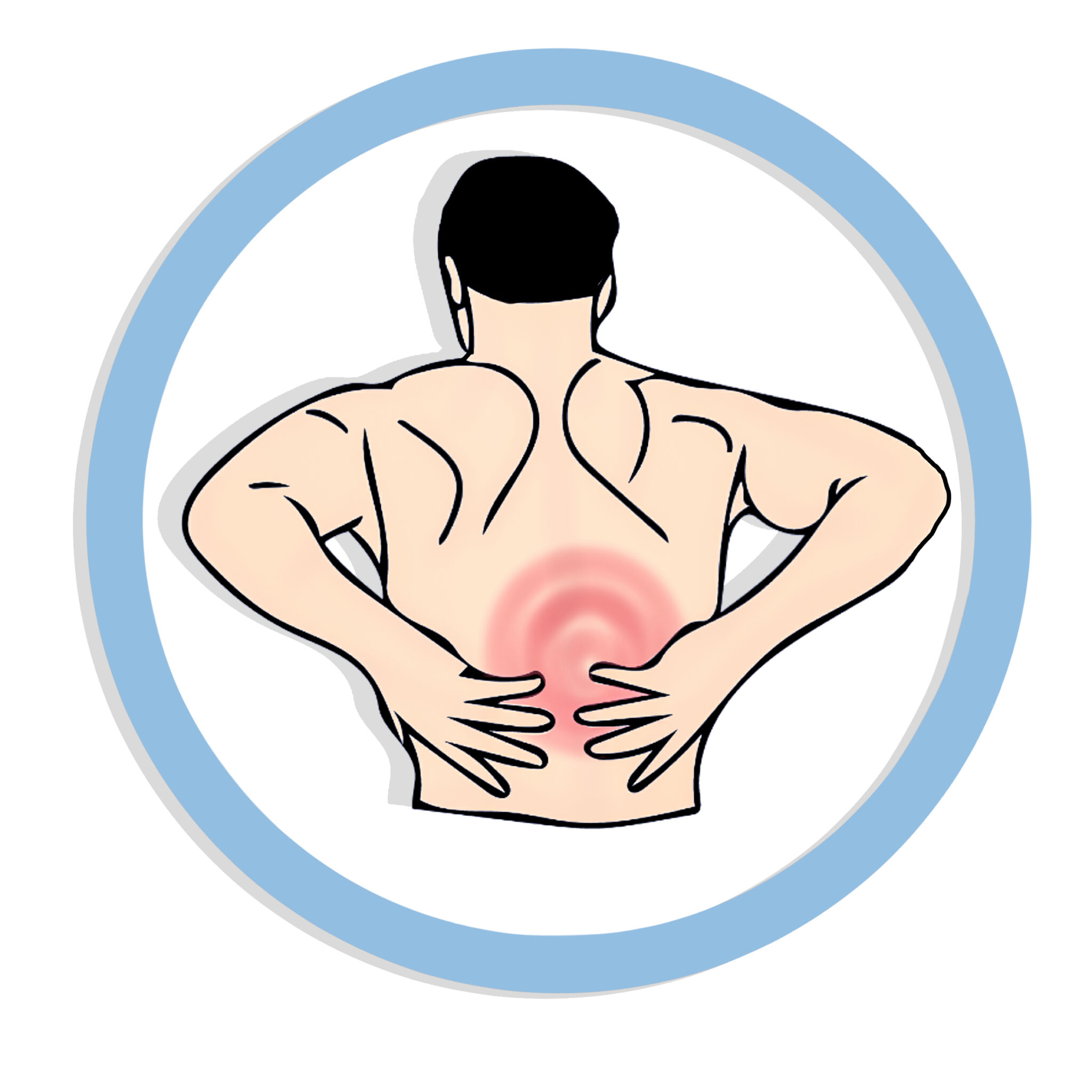There are many causes of pain and these are often not recognisable at first glance for those affected.
Therefore, it is important to conduct a thorough search for causes of pain, especially if the pain has been present for a long time and no direct trigger is known.
In most cases, the questioning of the pain history already leads to the goal, i.e. we ask the patient about all events that have a temporal or direct connection with the onset of pain. This could also be changes in procedures or habits of everyday life.
It is not always as simple and conclusive as in the case of a “twisted ankle”, for example, which results in a pain-related posture and restricted movement of the ankle joint. However, some of these ankle injuries go unnoticed and only lead to pain under load much later, so that no direct connection can be made to the triggering cause.
In this situation, it is advisable to have the evaluation carried out by a pain specialist who has both the comprehensive specialist medical experience and competence as well as the necessary diagnostic possibilities. The targeted questioning and specific manual examination often lead to a narrowing down of the cause of the pain, so that any necessary extended diagnostics with imaging, including ultrasound and/or laboratory can be followed up with a clear question.
As a rule, the cause of the pain can then be determined and effectively treated.
The medically necessary discussion of individual adjustments to lifestyle, including sports, requires a certain tact and empathy on the part of the therapist, as well as acceptance and motivation on the part of the pain patient, in order to achieve lasting freedom from pain.
In the aforementioned case of ankle trauma, it can make sense to carry out proprioceptive training, a running analysis with subsequent orthopaedic shoe fitting and insole fitting, and to replace the usual jogging with Nordic walking.
This not only treats the pain, but also prevents it.
Thus, in many cases, chronic or chronicised pain conditions can be avoided.
This approach is my basic principle in the search for causes of pain in the musculoskeletal system.



